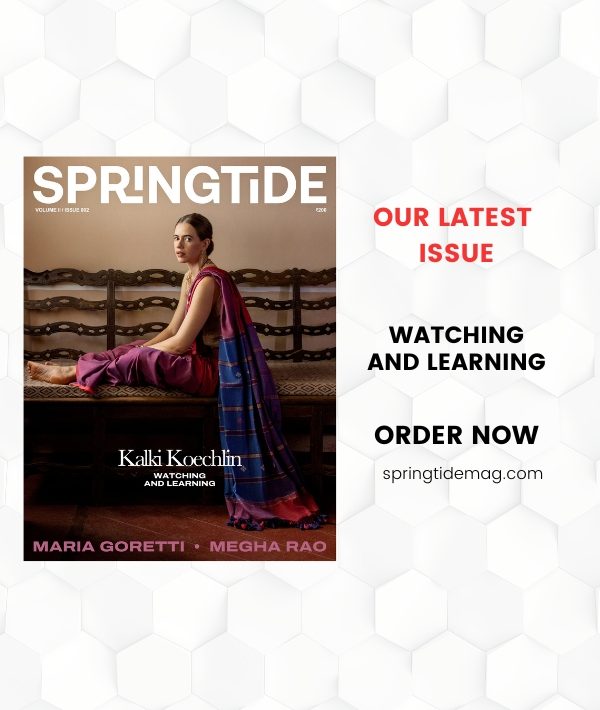When the body positivity movement went mainstream in the 2010s, I was around the typical age that a teenage girl starts noticing her body. It feels now as if almost overnight I was conscious of my scars, my chubby face and my thin hair. I tried finding comfort in the movement, but it perhaps made things worse in a way.
The body-positivity movement as we know it, has hardly had any diverse representation. Mostly white and able-bodied women who often were the beauty standard have always dominated the space – women that I, and frankly most, do not look like. We often forget that the movement – which originated in the 60s – was rooted in fighting for the equality of opportunities, treatment, representation, safety and dignity of all people living in marginalized bodies.
But through social media, these marginalized bodies have still remained sidelined– body positivity has essentially not worked for us. If you ask anyone the mainstream definition of body positivity, they would tell you that the idea is to love your body. Despite the extraordinary popularity of the idea, over a decade later body image issues haven’t become any less common, intense or destructive to people’s lives. Some studies indicate that eating disorders became more prevalent during the pandemic. The distressing craze surrounding the diabetes drug Ozempic, which has been widely touted as a weight loss shortcut on social media is another example that body positivity is mostly just talk.
Throughout the years, the movement has sort of devolved into a subset of toxic positivity. The truth is, it is impossible to love yourself 24/7. But if you keep pretending, you might end up ignoring real underlying issues bothering you. Despite its potential for good, the movement also perpetuates a focus on appearance – and critics argue that this is where the problem lies. Your body is not just how you look on the outside.
Lately, we have seen the rise of a counter-movement of sorts: body neutrality. Anne Poirer, a certified intuitive eating counsellor and eating disorder specialist first started using the phrase to help patients develop a healthy balance between diet and exercise way back in 2015. This movement instead focuses on our body as a whole, encouraging us to exist within our body without judgement or holding strong opinions about how we look. The movement encourages us to step back from conversations about our bodies and appearance, which in turn allows us to enjoy everything we want to do. In this sense, body neutrality is about acceptance.
The idea is to simply be comfortable with who you are, while also working towards a healthier self. It removes the pressure of loving your body when you might not, only asking that you accept it as it is and appreciate it for what it can do for you. It also promotes equal opportunities, something that body positivity was rooted in. You might not agree with someone’s lifestyle choices, but it is imperative to understand that change requires patience and that until that change occurs we cannot withhold certain privileges from them.
Our bodies are constantly changing, so it’s unrealistic to love every part of it every single day. The approach that change is inevitable and essentially harmless is the core idea of neutrality. Of course, the movement does not work for everyone. Critics of body neutrality argue that pursuing a Zen-like sense of detachment doesn’t do enough to bolster self-image. While body neutrality is certainly a healthier headspace to hold over body dislike and hatred, it could also lead to a stagnant mindset, since it doesn’t encourage self love overtly.
Ultimately though, body neutrality is a great reminder that our worth does not, and should never revolve around our outer appearance. Respecting your body should always come first before you can truly love it.





